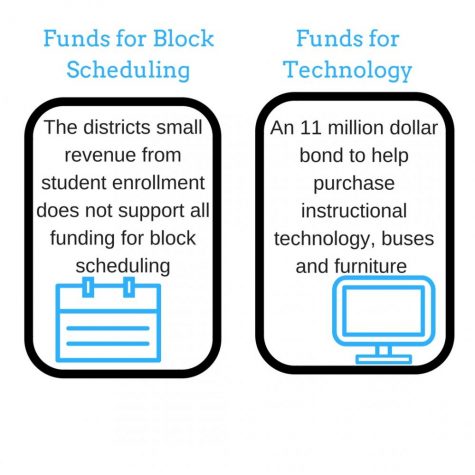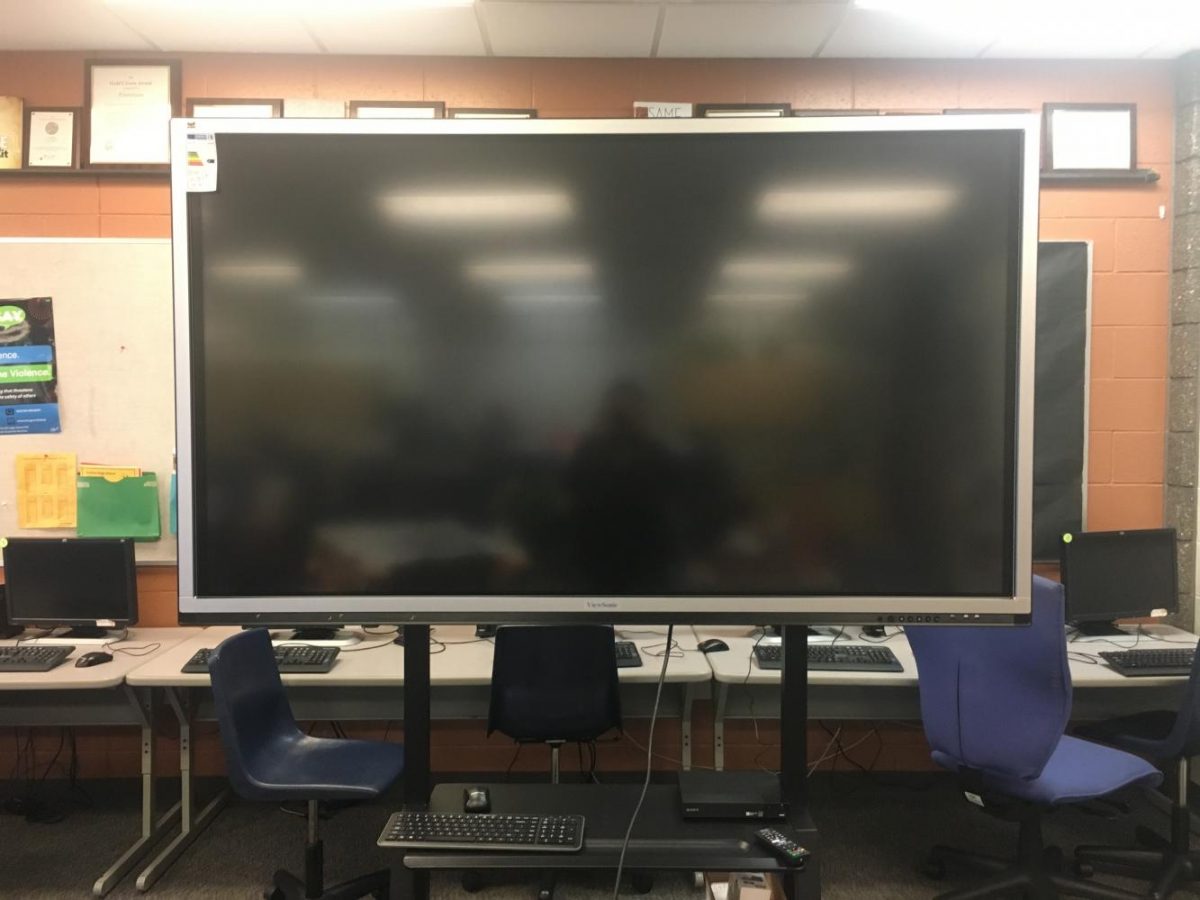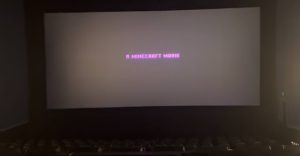District implements technology and rids of block scheduling
October 3, 2017
In the past few weeks parents and students have been made aware of the finalization in the decision to cut block scheduling for the 2018-19 school year. The decision has been considered over the course of the year as a way to get the district out of financial strain. Many may be confused on how the school was able to purchase multiple new monitors for classrooms, but could not afford block scheduling.
“In 2014 the Fenton community was asked to approve a 11 million dollar bond to help purchase instructional technology and other items such as buses and furniture,” Superintendent Adam Hartley said. “These funds cannot be used for anything other than what was specified from the voters. We cannot use these funds to help offset staffing costs. Staff costs account for 87% of our budget. Over the past decade, costs of running a school district has gone up dramatically, while the revenue coming in has decreased due to lower enrollment trends and state cut backs. Block scheduling is made possible by employing 8-10 more teachers than a six hour day. As costs have gone up and revenue does not match the increased costs, we had to restructure our staffing model to fit our financial and educational goals.”
By cutting the block scheduling the staffing model the school will save close to 1 million dollars. When the district switches to a six hour day in 2018-19 school year, the staffing model will be cut, thus less staff in the district. By moving to a more affordable staffing model, the school is able to stay away from cutting ce rtain programs when enrollment starts to dip.
rtain programs when enrollment starts to dip.
“All classrooms will be equipped with new technology by the fall of 2018. Again, this is due to the approved bond in 2014. We have approximately $200,000 left from Phase one, which was 5.2 million,” said Dr. Hartley. “We have phase two coming up in 2018, consisting of 3.3 million, and another phase in 2020, 2.5 million. We will purchase technology, furniture and buses.”
History teacher Matthew Place was one of the teachers to receive four new monitors due to the technology bond.
“[The monitors] will have positive effect for students to work at their own pace,” Place said. “We use the monitors to facilitate and to encourage group participation amongst the table. It is a tool that allows the students to communicate with each other, brainstorm, and be creative.”
Though at this time block scheduling is too costly for the school’s financial plan, income from the bond will give classrooms upgraded technology unrelated to the budget. The key is making it possible to set a new standard where costs match the base foundation revenue and enrollment trends.









